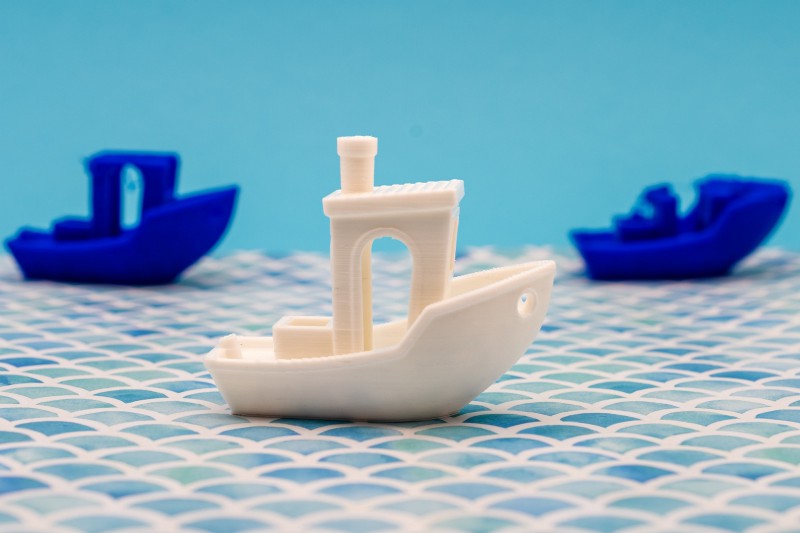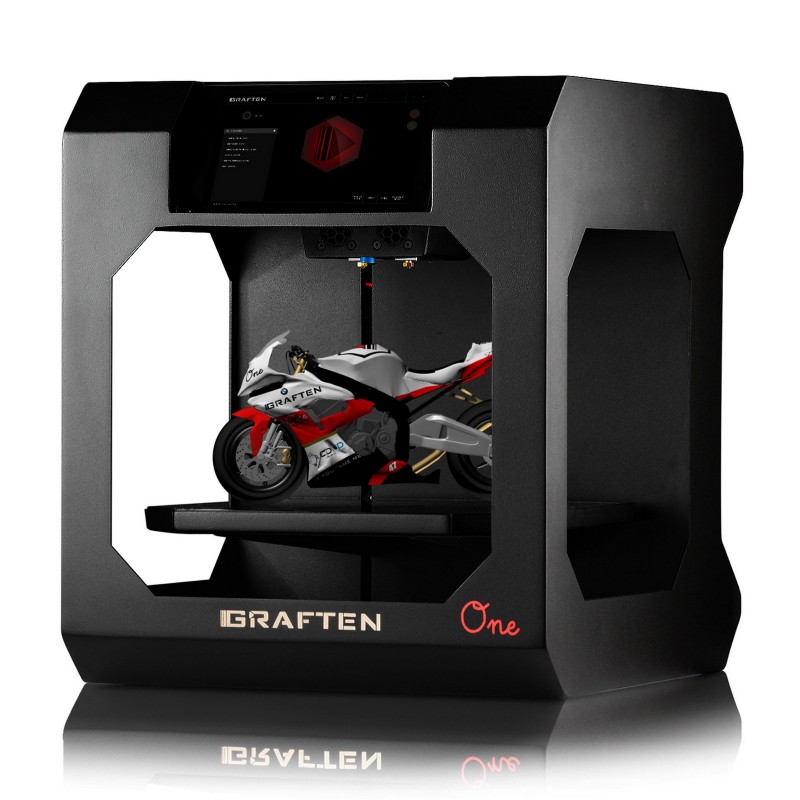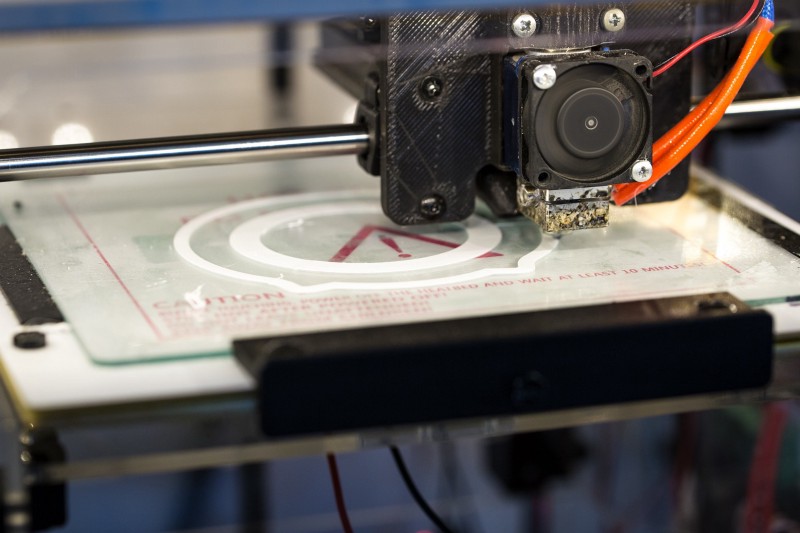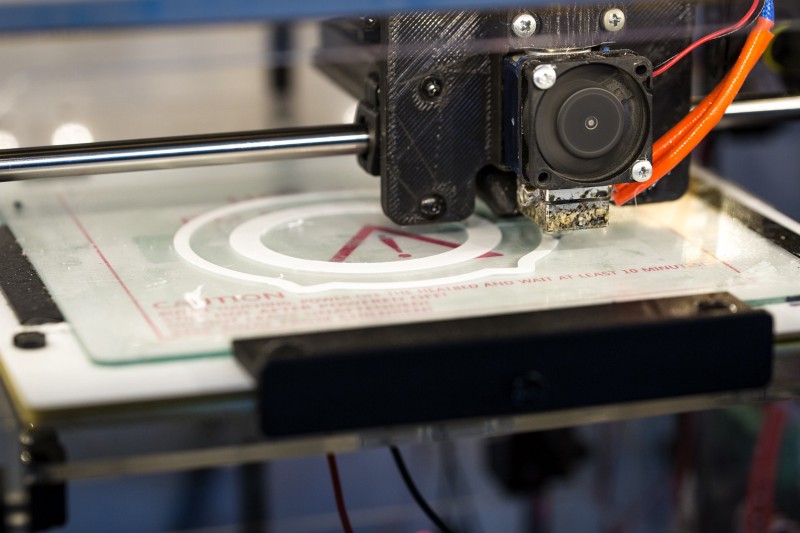Many people are currently considering buying a 3D Printer. On the Internet, you can find countless things on social media that make you think how cool it would be to download the instructions, set up the 3D Printer, and a short time later the final result comes out. One example is the Lithophanes we created in another article.

I think anyone who has ever worked with a 3D Printer knows what I’m talking about when I say no, it’s not that easy.
Don’t get me wrong, the whole process is just downloading, running software over it, and turning on the 3D Printer. However, rarely, this works directly for a beginner. When I started, the first 100 attempts were nothing compared to the continuous print quality I achieve today.
And exactly this is the crucial point if I say:
Don’t Buy a Ready-to-Print 3D Printer — Buy a DIY Set First!
Ready to print 3D Printer
Many people who start with 3D Printing make the mistake and look at Amazon for a printer and paying attention only to how large the print area is and how long the construction takes. When the 3D Printer is directly ready to print at home and you press the start button, you are almost always disappointed with beginner products.

Exactly this point is now the problem. After you just place the printer in your home and press start, you don’t know anything about what can be changed on the printer to change the quality. Or another even more important example is when a component like the hot end is defective.
People who buy a ready-to-print 3D Printer know their printer as one component. If something is now broken, the entire printer is immediately broken and this is completely replaced or you lose the fun of 3D Printing because the printer is just useless in the corner.
DIY Set 3D Printer:
After I have described what speaks as a beginner against a ready-to-print 3D Printer, I think it is clear what advantage a DIY set has. Not only that it is usually much cheaper than a ready-to-print 3D Printer, if you go through and have this assembled (from experience as a beginner even several times because you have done something wrong and have to disassemble the whole printer again to correct this), you know every component on his 3D Printer and even know with time what effect each component has on the print quality.

Example:
When I assembled my 3D Printer for the first time, the results were not very good. Since I knew all the parts of the 3D Printer, I knew immediately where I was not sure when assembling the parts and looked at the V-belt. It turned out to be much too loose, so I tightened it up and the results improved immediately. I would not have had this information without reassembling it.
Also, after about a month, a driver on one of the steppers burned out. Since I also had to plug and wire this in during assembly, I was able to quickly determine where the fault was and was able to fix the problem with a 3 Euro replacement from Amazon. Without this knowledge, I probably would have had to replace the entire 3D Printer.
Conclusion
In summary, I can recommend anyone who wants to get into the topic of 3D printing to buy a cheap DIY set of a 3D Printer to get to know all the basics and to deal with the 3D Printer in detail. Once this is done, you can then handle any 3D Printer correctly and repair it in an emergency.


Schreibe einen Kommentar